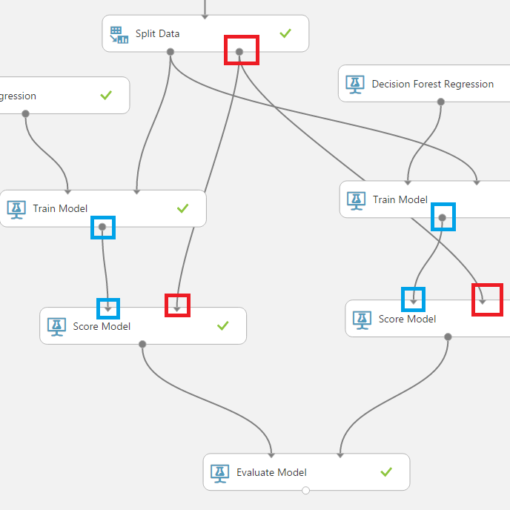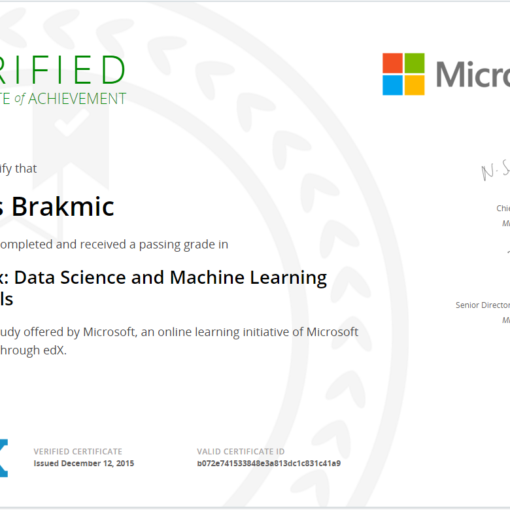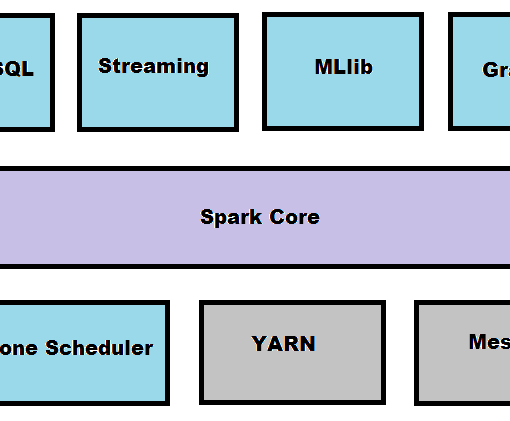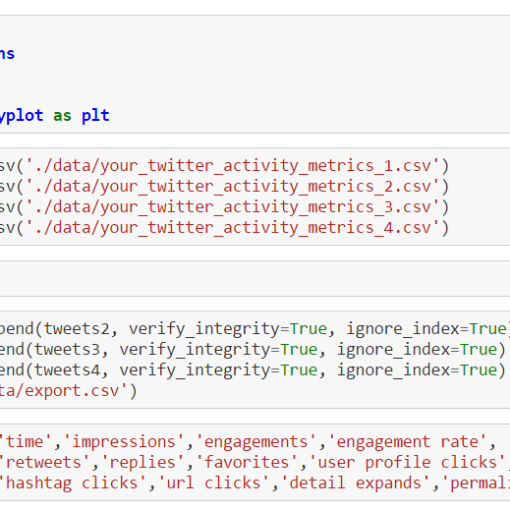Yesterday, I discovered an experimental Big Data processing framework written in C++ called Thrill. As most of you surely know, the well-known frameworks of this kind are mostly based on JVM, like Apache Spark or Apache Flink. This, of course, has many advantages, like easily accessible interfaces and a more domain-oriented approach, as we don’t have to deal with “Ceremony Code” or any internals that don’t touch our domain logic. However, everything comes at a cost and utilizing a VM is a price to be paid no matter how optimized your code is. It’s no wonder these projects often resort to […]
DataScience
Let me start this article describing the problem I had with finding a proper title for it. As some of you may already know I write a series called “Data Science for Losers” which comprises of several articles that describe different tools, methods and libraries one can use to explore the vast datascientific fields. And just a few days ago, while finishing my Data Science and ML Essentials course, I discovered that Azure ML has a built-in support for Jupyter and Python which, of course, made it very interesting to me because it makes Azure ML an ideal ground for experimentation. […]
In this article we’ll explore Microsoft’s Azure Machine Learning environment and how to combine Cloud technologies with Python and Jupyter. As you may know I’ve been extensively using them throughout this article series so I have a strong opinion on how a Data Science-friendly environment should look like. Of course, there’s nothing against other coding environments or languages, for example R, so your opinion may greatly differ from mine and this is fine. Also AzureML offers a very good R-support! So, feel free to adapt everything from this article to your needs. And before we begin, a few words about how I came […]
Sometimes, the hardest part in writing is completing the very first sentence. I began to write the “Loser’s articles” because I wanted to learn a few bits on Data Science, Machine Learning, Spark, Flink etc., but as the time passed by the whole degenerated into a really chaotic mess. This may be a “creative” chaos but still it’s a way too messy to make any sense to me. I’ve got a few positive comments and also a lot of nice tweets, but quality is not a question of comments or individual twitter-frequency. Do these texts properly describe “Data Science”, or at […]
It’s been a while since I wrote my last article. A Big-Data Sorry to my “massive” audience. Actually, I was planning to write a follow-up to the last article on Machine Learning but could not find enough time to complete it. Also, I’ll soon give a presentation in a Meetup (in Germany). A classical example on what happens when you have to complete several tasks at the same time. In the end all of them will fail. But I’ll try to compensate it with yet another task: by writing an article about the brand-new Apache Flink v0.10.0 and its DataStream API. 😀 As always, […]
It’s been a while since I’ve written an article on Data Science for Losers. A big Sorry to my readers. But I don’t think that many people are reading this blog. Now let’s continue our journey with the next step: Machine Learning. As always the examples will be written in Python and the Jupyter Notebook can be found here. The ML library I’m using is the well-known scikit-learn. What’s Machine Learning From my non-scientist perspective I’d define ML as a subset of the Artificial Intelligence research which develops self-learning (or self-improving?) algorithms that try to gain knowledge from data and make predictions […]
I’ve already mentioned Apache Spark and my irrational plan to integrate it somehow with this series but unfortunately the previous articles were a complete mess so it has had to be postponed. And now, finally, this blog entry is completely dedicated to Apache Spark with examples in Scala and Python. The notebook for this article can be found here. Apache Spark Definition By its own definition Spark is a fast, general engine for large-scale data processing. Well, someone would say: but we already have Hadoop, so why should we use Spark? Such a question I’d answer with a remark that Hadoop is EJB reinvented and […]
This should have been the third part of the Loser’s article series but as you may know I’m trying very hard to keep the overall quality as low as possible. This, of course, implies missing parts, misleading explanations, irrational examples and an awkward English syntax (it’s actually German syntax covered by English-like semantics 😳 ). And that’s why we now have to go through this addendum and not the real Part Three about using Apache Spark with IPython. The notebook can be found here. So, let’s talk about a few features from Pandas I’ve forgot to mention in the last two articles. Playing SQL with DataFrames Pandas is wonderful because of […]
In the first article we’ve learned a bit about Data Science for Losers. And the most important message, in my opinion, is that patterns are everywhere but many of them can’t be immediately recognized. This is one of the reasons why we’re digging deep holes in our databases, data warehouses, and other silos. In this article we’ll use a few more methods from Pandas’ DataFrames and generate plots. We’ll also create pivot tables and query an MS SQL database via ODBC. SqlAlchemy will be our helper in this case and we’ll see that even Losers like us can easily merge and filter SQL tables without touching the […]
Anaconda Installation To do some serious statistics with Python one should use a proper distribution like the one provided by Continuum Analytics. Of course, a manual installation of all the needed packages (Pandas, NumPy, Matplotlib etc.) is possible but beware the complexities and convoluted package dependencies. In this article we’ll use the Anaconda Distribution. The installation under Windows is straightforward but avoid the usage of multiple Python installations (for example, Python3 and Python2 in parallel). It’s best to let Anaconda’s Python binary be your standard Python interpreter. Also, after the installation you should run these commands: conda update conda conda update “conda” […]









